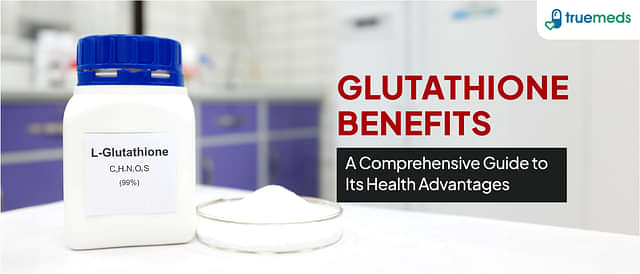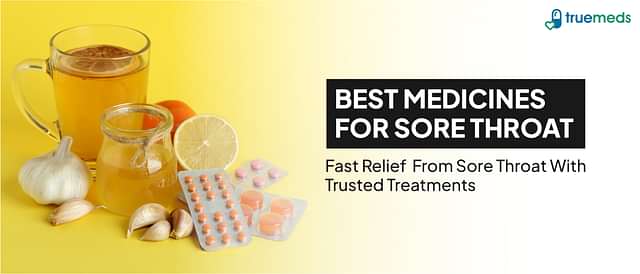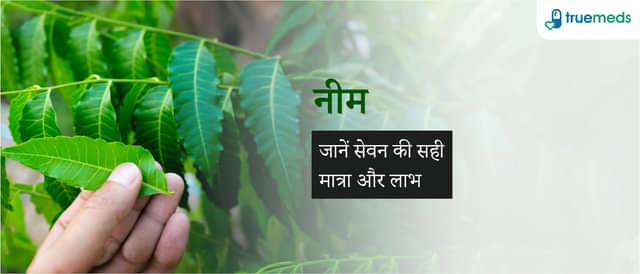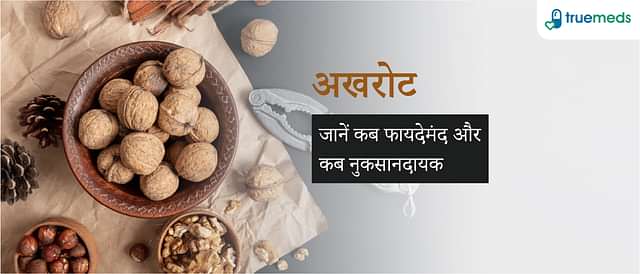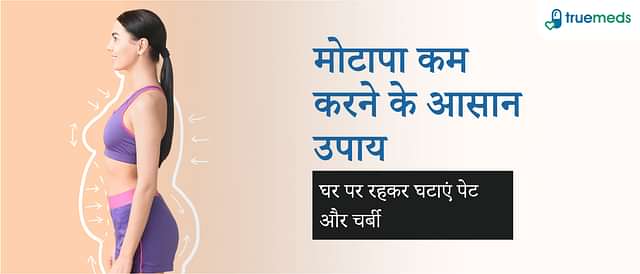Endometriosis Stages and What These Means
Last updated on : 14 Jan, 2025
Read time : 7 min
Endometriosis Stages
Endometriosis is a condition where endometrium-like tissue is present outside the urethra, which induces a chronic inflammatory reaction, scar tissue, and adhesions, bringing significant changes in the pelvis. The American society of reproductive medicine(ASRM) classified the four stages based on the presence of lesions, the number of endometrial implants and their depth. There are different ways to measure endometriosis stages. The revised classification has attached a point system to it. The point system gives a numerical scale to disease and helps in classification.15, or fewer points indicate mild to moderate disease. 16 or greater points indicate moderate to severe disease.
The endometriosis stages classification as per the ASRM
- Stage I (1-15) points
- Stage II (6-15)points
- Stage iii (6-14) points
- Stage iv (>40)points
1) Endometriosis Stage I
Endometriosis stage I is a minimal disease category. A few implants of endometriosis and no scar tissue characterise it.
2) Endometriosis Stage II
Endometriosis stage II is a mild disease category. It is characterised by a few endometriosis implants less than 2 inches. The abdomen is involved at this stage with no scar tissue.
3) Endometriosis Stage III
Endometriosis stage III is a moderate disease category. It is characterised by a few endometriosis which has grown in the abdomen and is deep-rooted. They also create endometriosis pockets with fluid in the ovaries. They are called chocolate cysts or endometriosis. Scar tissues are present around the tube and ovaries.
4) Endometriosis Stage IV
It is the last stage of endometriosis. Many endometriosis implants, large endometriosis cysts in ovaries, and scar tissue are present between the rectum and uterus. And sometimes around a fallopian tube and ovaries. Endometriosis stages will diagnosed by laparoscopy.
The most commonly asked questions around endometriosis are about pregnancy and fertility conditions. While the answer is straight, endometriosis does not cause fertility problems, but endometriosis is associated with fertility problems. Even in severe endometriosis conditions, too-natural conception is possible.
How does endometriosis affect fertility?
An estimated 60-70 % of women with endometriosis can get pregnant as usual. A substantial cause or reason for linking endometriosis with fertility is not available. As per some case studies, endometriosis distorts the reproductive system, causing fertility problems. The main factor which governs fertility is age. In the female fertility cycle, the egg reaches maturation during puberty. Fertility decreases as age increases; by 38, the egg sacs begin to disappear from ovaries, causing an increased rate of miscarriage due to age and chromosomal abnormalities.
Does endometriosis cause problems in pregnancy?
The debate on the topic of pregnant with endometriosis is still active. A conclusion is yet to be obtained on this.
A study of endometriosis and infertility showed that women with endometriosis show lower fecundity( the ability to produce abundant offspring) of about 0.02% to 0.1 per month against an average of 0.15 to 0.2 per month and decreases with age. Infertile women are 6 to 8 times more prone to have endometriosis than fertile women. It could not conclude the association of infertility with endometriosis. Several mechanisms have been proposed for distorted pelvic anatomy, endocrine and ovulatory abnormalities, altered peritoneal function, and altered hormonal and cell-mediated functions in the endometrium. Endometriosis is also associated with a lower live birth rate. As mentioned earlier, women with endometriosis have ovulatory and endocrine disorders and experience changes in embryo implantation. Other changes seen include high levels of macrophages, prostaglandins, IL-1, TNF, Proteases and more peritoneal fluid, adversely affecting oocytes, sperm, embryo and fallopian tube.
Pain during endometriosis
Among the many symptoms of endometriosis, pain is the prime symptom. Endometriosis pain can be mild to intense and is felt in the lower back, pelvic region and abdomen. Women with endometriosis have a few other pain-related symptoms, like; excruciating menstrual cramps, abdominal pain or lower back pain during or after periods, pain during sex and painful bowel movements.
What are the first signs of endometriosis?

Pain during periods is the first sign of endometriosis. The pain is in the lower back, pelvic region and abdomen. Periods can be heavier than usual, and spotting can occur between the cycles.
What is the cure for endometriosis?
The factors which decide endometriosis cure are
- The severity of endometriosis
- Plans of pregnancy
- Age
- The severity of symptoms like pain and endometriosis stages
Medications and surgery are the options for treating endometriosis; the aim is to cure pain and fertility issues. Medications help reduce the symptoms of endometriosis, including pain medicine and hormone therapies.
Hormone therapy: Hormonal options for suppressing endometriosis are
- Birth control measures
- Gonadotropin-releasing hormone medication
- Danazol
The above medications stop the symptoms only until they are taken. These medicines are not recommended during pregnancy and while you plan to get pregnant.
Pain Therapy: Medications used for pain relief are
- Non-steroidal anti-inflammatory drugs (NSAIDs)
- Over-the-counter pain relief
A doctor indicates surgery for endometriosis only in case of treating the endometriosis entirely for the time being. But the condition can reappear after several years.
Conclusion
Endometriosis is characterised by extreme pain. It majorly affects the quality of life. It causes the pain associated with infertility in some cases. There is no absolute cure for endometriosis, but medications improve the symptoms as long as they are consumed. Avail teleconsultation from our expert doctors on our online pharmacy when you order medicines or download our Truemeds app to do the same. Get branded as well as generic drugs by uploading your prescription on Truemeds. When ordering medications online, you may save more money by selecting alternative or generic medicine advised by Truemed’s expert doctors. And also, save up to 72% on your purchase and get free home delivery pan India.
Frequently asked questions
The primary difference lies in the type of hormone which leads to these respective diseases. Endometriosis is due to an excess of oestrogen hormone (It is a female hormone), while PCOS (Polycystic ovarian syndrome) is due to an excess of androgen hormone (It is a male hormone).
Endometriosis can begin at any age in the female. But it most commonly occurs in the age group between 25 to 35 years.
With age, endometriosis usually reduces after the menopause stage in women. In some cases, it does go away on its own. The medications are recommended to control the symptoms.
Endometriosis grows outside the uterus, and then cysts, adhesions and scar tissues develop. This condition leads to chronic pain, especially during menstrual periods.
It is not a condition that can be prevented; a genetic component could be associated with endometriosis. There are certain factors which influence endometriosis:
Pregnancy, Breastfeeding, Maintaining appropriate weight, Starting the menstrual period at a late age
Disclaimer – Truemeds’ sole intention is to ensure that customers have access to information which is accurate & trustworthy. However, the information here should not be used directly, and it cannot act as a substitute for the advice of a doctor. The information provided is only to stay informed. The information on side effects, drug interactions, warnings, and alerts is not exhaustive. Please consult your doctor for the right advice on diseases & medication information.
Disclaimer
Our healthcare experts have carefully reviewed and compiled the information presented here to ensure accuracy and trustworthiness. It is important to note that this information serves as a general overview of the topic and is for informational purposes only. It is not intended to diagnose, prevent, or cure any health problem. This page does not establish a doctor-patient relationship, nor does it replace the advice or consultation of a registered medical practitioner. We recommend seeking guidance from your registered medical practitioner for any questions or concerns regarding your medical condition.
Popular Articles
Recommended Articles
Recent Articles
Top-Selling Medicines:
...View more
Top-Selling OTC:
...View more
Company
About UsHealth ArticleHealth StoriesDiseases & Health ConditionsAll MedicinesAll BrandsNeed HelpFAQSubscribe
Registered Office Address
Grievance Officer
Download Truemeds

Contact Us
Our customer representative team is available 7 days a week from 9 am - 9 pm.
v3.7.8
Our Payment Partners
















































